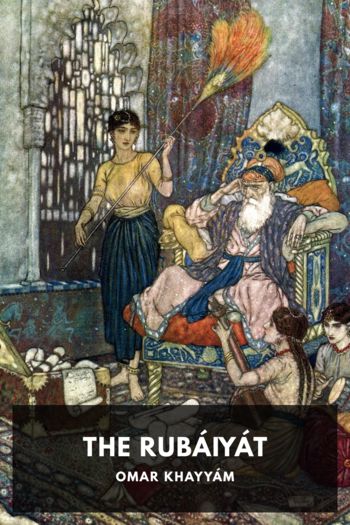Moneyball Lewis, Michael (best biographies to read .TXT) 📖

Book online «Moneyball Lewis, Michael (best biographies to read .TXT) 📖». Author Lewis, Michael
As I say, I fell in love with a story. The story is about professional baseball and the people who play it. At its center is a man whose life was turned upside down by professional baseball, and who, miraculously, found a way to return the favor. In an effort to learn more about that man, and the revolution he was inspiring, I spent a few days with J. P. Ricciardi, the general manager of the Toronto Blue Jays. Ricciardi had worked with Billy Beane in Oakland, and was now having a ball tearing down and rebuilding his new team along the same radical lines as the Oakland A’s. Ridiculed at first, Ricciardi had, by the time I met him, earned the respect of even the crustiest of the old baseball writers. By the end of the 2002 season, the big fear in Toronto was that he would bolt town for the job that had been offered to him to run the Boston Red Sox, who now said that they, too, wished to reinvent their organization in the image of the Oakland A’s.
It was at a Red Sox game that I tried to tempt Ricciardi into a self-serving conversation. Months before he had said to me, and with some insistence, that there was a truly astonishing discrepancy between Billy Beane and every other general manager in the game. He’d raised one hand as high as he could and lowered the other as low as he could and said, “Billy is up here and everyone else is down here.” Now, as we sat watching the Boston Red Sox lose to his brand-new Blue Jays, I asked Ricciardi if he was willing to entertain the possibility that he was as good at this strange business of running a baseball team as the man he’d left behind in Oakland. He just laughed at me. There was no question that Billy was the best in the game. The question was why.
Chapter
I
The Curse of Talent
Whom the gods wish to destroy they first call promising.
—Cyril Connolly, Enemies of Promise
The first thing they always did was run you. When big league scouts road-tested a group of elite amateur prospects, foot speed was the first item they checked off their lists. The scouts actually carried around checklists. “Tools” is what they called the talents they were checking for in a kid. There were five tools: the abilities to run, throw, field, hit, and hit with power. A guy who could run had “wheels”; a guy with a strong arm had “a hose.” Scouts spoke the language of auto mechanics. You could be forgiven, if you listened to them, for thinking they were discussing sports cars and not young men.
On this late spring day in San Diego several big league teams were putting a group of prospects through their paces. If the feeling in the air was a bit more tense than it used to be, that was because it was 1980. The risks in drafting baseball players had just risen. A few years earlier, professional baseball players had been granted free agency by a court of law, and, after about two seconds of foot-shuffling, baseball owners put prices on players that defied the old commonsensical notions of what a baseball player should be paid. Inside of four years, the average big league salary had nearly tripled, from about $52,000 to almost $150,000 a year. The new owner of the New York Yankees, George Steinbrenner, had paid $10 million for the entire team in 1973; in 1975, he paid $3.75 million for baseball’s first modern free agent, Catfish Hunter. A few years ago no one thought twice about bad calls on prospects. But what used to be a thousand-dollar mistake was rapidly becoming a million-dollar one.
Anyway, the first thing they always did was run you. Five young men stretch and canter on the outfield crabgrass: Darnell Coles. Cecil Espy. Erik Erickson. Garry Harris. Billy Beane. They’re still boys, really; all of them have had to produce letters from their mothers saying that it is okay for them to be here. No one outside their hometowns would ever have heard of them, but to the scouts they already feel like household names. All five are legitimate first-round picks, among the thirty or so most promising prospects in the country. They’ve been culled from the nation’s richest trove of baseball talent, Southern California, and invited to the baseball field at San Diego’s Herbert Hoover High to answer a question: who is the best of the best?
As the boys get loose, a few scouts chitchat on the infield grass. In the outfield Pat Gillick, the general manager of the Toronto Blue jays, stands with a stopwatch in the palm of his hand. Clustered around Gillick are five or six more scouts, each with his own stopwatch. One of them paces off sixty yards and marks the finish line with his foot. The boys line up along the left field foul line. To their left is the outfield wall off which Ted Williams, as a high school player, smacked opposite field doubles. Herbert Hoover High





Comments (0)